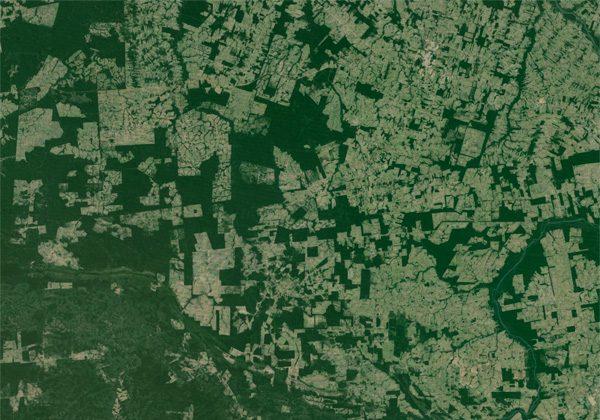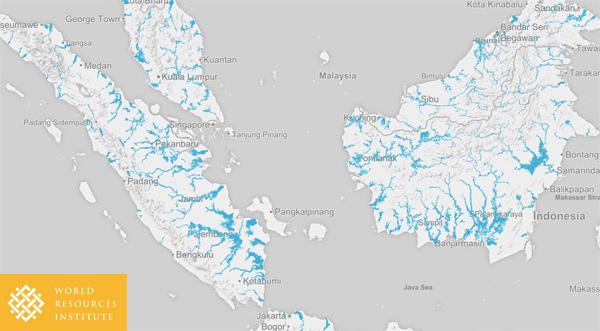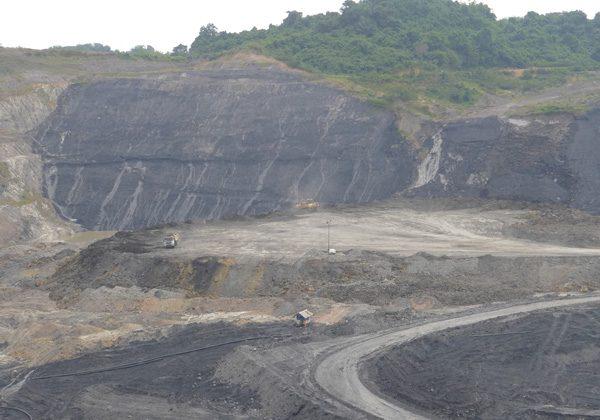The world’s forests are fragmented and deteriorating, states a new paper published in Science Advances. After analyzing satellite imagery and compiling data from long-term fragmentation studies, the authors conclude that 70 percent of remaining forest land exists within 1 km of an edge, which negatively impacts their fauna, flora, and ecosystem services.
“Nearly 20 percent of the world’s remaining forest is the distance of a football field—or about 100 meters—away from a forest edge,” says Nick Hadded, corresponding author of Habitat fragmentation and its lasting impact on Earth’s ecosystems. “Seventy percent of forest lands are within a half-mile of a forest edge. That means almost no forest can really be considered wilderness.”
The authors report that development, agricultural expansion and urban growth are rapidly carving natural areas into increasingly smaller sections. In Brazil’s Atlantic Forests, for example, less than 9 percents of the remaining intact areas are farther than 1km from an edge. These findings, coupled with a meta-analysis of seven long-term fragmentation experiments on five continents paints an alarming outlook for the future of our forests.
“The initial negative effects were unsurprising,” Haddad said in a press release, “But I was blown away by the fact that these negative effects became even more negative with time. Some results showed a 50 percent or higher decline in plant and animals species over an average of just 20 years, for example. And the trajectory is still spiraling downward.”
Not only does fragmentation reduce bird, mammal, and insect numbers and diversity—with some areas suffering as high as a 75 percent decrease in biodiversity—the small patches of forest have altered nutrient cycles which result in a reduction of biomass, productivity, and capacity to retain nitrogen and carbon. Experiments in the tropics have even found that small fragment sizes can result in the eventual death of large, old-growth trees.
Fragmentation is a continual threat to the world’s natural ecosystems as land is carved up for agriculture or development. In a nod toward conservation, some plantation companies will leave patches of “protected” forest in sensitive areas. The authors suggest that unless these parcels are large enough, and connected through corridors with other expanses of intact forest, they will eventually deteriorate, losing any conservation value.
“The key results are shocking and sad,” Haddad said. “Ultimately, habitat fragmentation has harmful effects that will also hurt people. This study is a wake-up call to how much we’re affecting ecosystems—including areas we think we’re conserving.”
CITATION: Nick M. Haddad et al. Habitat fragmentation and its lasting impact on Earth’s ecosystems. Science Advances 20 Mar 2015: Vol. 1 no. 2 e1500052 DOI: 10.1126/sciadv.1500052
This article was written by Loren Bell, a correspondent writer for news.mongabay.com. This article has been republished with permission, original article here.




Friends Read Free